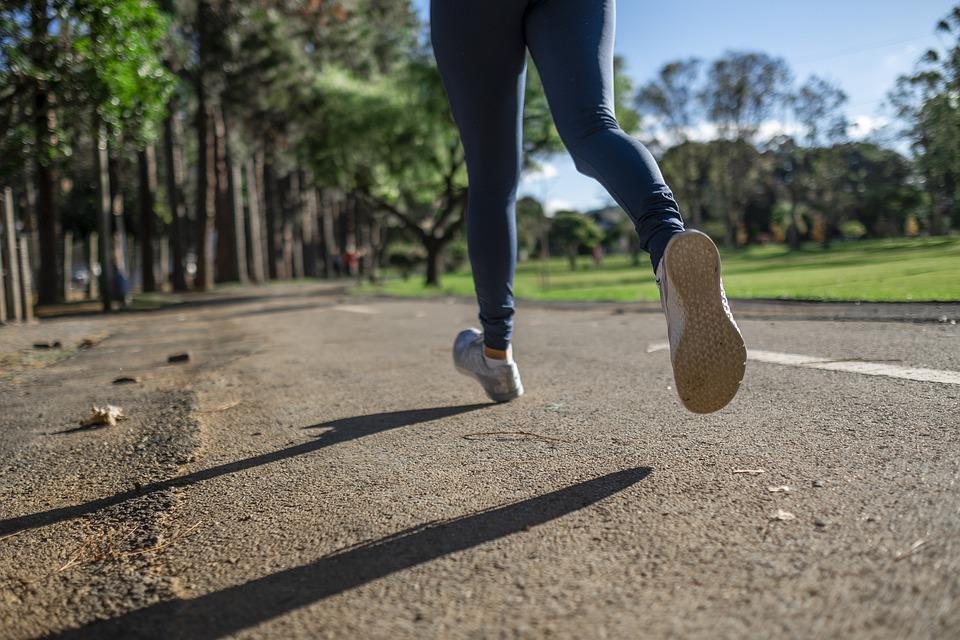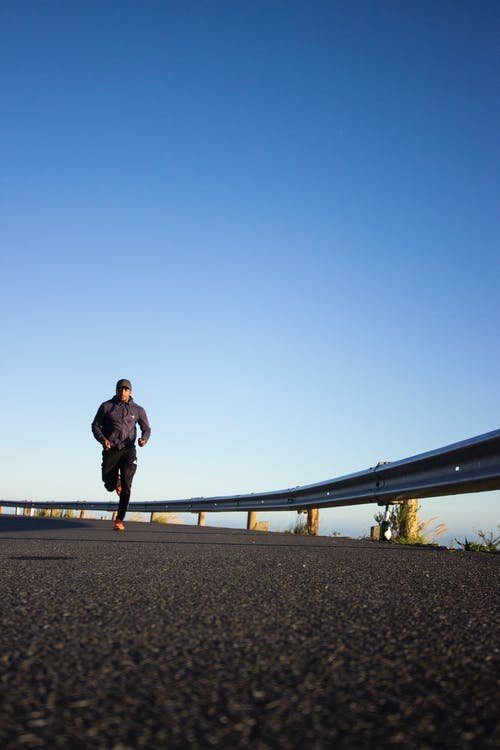Although important, there is a slight difference at the beginning of the journey. One way to boost your journey is to make the most of it. “As an exercise enthusiast, one of the great things about walking is that almost everyone walks. It depends on how much you walk and generally how fast you walk”. Walking Dead, talks about the transition to fitness.
If you’re already at the gym or just starting out, here’s what you need to know to get started, including proper setup, safety tips, and workout plans that are right for you.
Choose your speed
Every step you take affects how your body performs, says Dr. Amanda Paluch, an assistant professor at the University of Massachusetts Amherst College, who studies physiology, technology and kinesiology. But walking faster and longer is one way to improve your walking skills.
We recommend that you focus on moderate exercise, also known as low-intensity exercise (LIS). A good measure is when you can speak but you can sing. “
Buy the right equipment: Good running shoes are a must.
One advantage of hiking is that you don’t need fancy clothes or equipment. In addition, shoes are one of the most important things. “You don’t need special shoes to make running easy and fast,” McGovern says. Low-heeled shoes help keep you moving. “Consider wearing flats instead of chunky sneakers,” she says. Personal trainer Carrie Boyle suggests going to the nearest store. We customize your shoes.
How to wear:
No need to buy new sportswear. Of course, if you don’t do it because it inspires or motivates you, Boyle said. Otherwise, buy items from your clothing that fit your style, which are comfortable, breathable and layer able, depending on the season. I prefer clothes made of cotton that can breathe.
Safety manual
It is important to be safe when traveling. According to McGovern, they go through five security checks before traveling.
Keep your ears at home. “I know a lot of walkers enjoy listening to music while learning,” added McGovern. McGovern didn’t agree to do so while out for a walk. “Being aware of your surroundings is important for staying safe when learning outdoors.” The sound of approaching cars, animals or people is more annoying and stimulating.
You are on the right track.
You’re a person, not a car, McGovern said, so turn around and walk. Carrie’s ID card. McGovern likes the Street ID, a metal tag that can be attached to a band or bodybuilder and changed to include information such as name, city, status, emergency contact speed, sensitivity and background.
Alternatively, carry your driver’s license in an American Road Runners Club-approved seat belt, safety bag, or phone case.
Right arrow up
Share your work If you have someone at home, talk about how you travel and share your interests with friends and family.
Show yourself
McGovern recommends wearing clothing or shoes when hiking at dawn, dusk or later. You can even brag about it by buying a shirt and bracelet. Good clothing is recommended at all times of the day. This allows drivers, cyclists and other people on the road to see better.
Warm up before going out
What is the best temperature for walking? as I walked McGovern said, “Often if you take easier steps early in the workout, your body will warm up and grow faster.”
If you want to walk quickly, you can do strength exercises, such as (for example, standing up, holding on to something, and swinging one leg back and forth), rotating the hips, and walking straight. The goal is to give the muscles and joints a certain range of motion during exercise.
4 weeks’ trip
If this is your first exercise, the first step is to determine your base. If you have a pedometer, wear it for a few days to see the average number of days. Then you can increase by 1,000 steps per day and slowly walk 7,000 to 10,000 steps per day. (Why the cost? His research showed that pedestrians who walked 7,000 steps a day walked less than pedestrians who took fewer steps and those who didn’t want to walk 10,000 steps a day at a lower cost, were at risk of death.) If you don’t want to follow in your footsteps, focus on the moment. said Pollux. We recommend starting with a 10-minute walk several days a week and increasing the walking time to 5-10 minutes a week. The goal would be to walk 150 to 300 minutes a week, he said. Plan to take a break or rest at least one day a week.
Listen to your body here.
If you feel you need to take a day off from physical activity, Boyle suggests spending time on things like meditating, reading, or cooking. He said redesigns often require more work. If your goal isn’t to raise or lower your heart rate for yoga or swimming, it’s best to walk slowly. So, the 4 weeks’ schedule is as follows:
· 1st week
- 10 minutes’ walk the first day
- 10 minutes’ walk the second day
- 10 minutes’ walk the third day
- 10 minutes’ walk the fourth day
- 10 minutes’ walk the fifth day
- On the sixth day, take a rest or skip the train.
- 10 minutes’ walk the seventh day
· 2nd week
- Day 1 15 min walk
- Day 2 15 min walk
- Day 3 15 min walk
- Day 4 15 min walk
- Day 5 15 min walk
- Take a break of 6 days or skip the train.
- Day 7 15 min walk
· 3rd week
- Day 1 20 min walk
- Day 2 20 min walk
- Day 3 20 min walk
- Day 4 20 min walk
- Day 5 20 min walk
- Take a break of 6 days or skip the train.
- Day 7 20 min walk
· 4th week
- Day 1 25 min walk
- Day 2 25 min walk
- Day 3 25 min walk
- Day 4 25 min walk
- Day 5 25 min walk
- Take a break of 6 days or skip the train.
- Day 7 25 min walk



